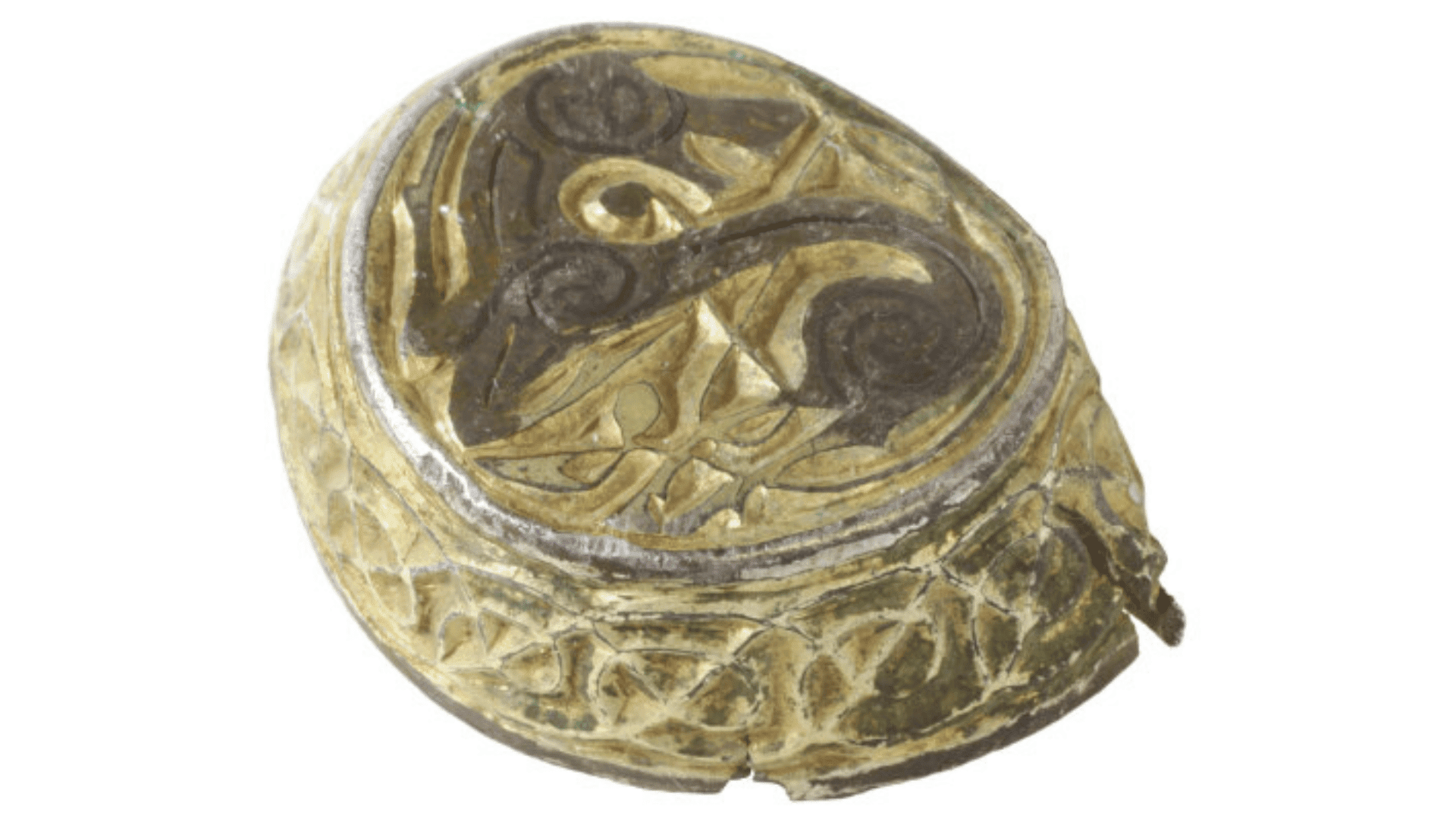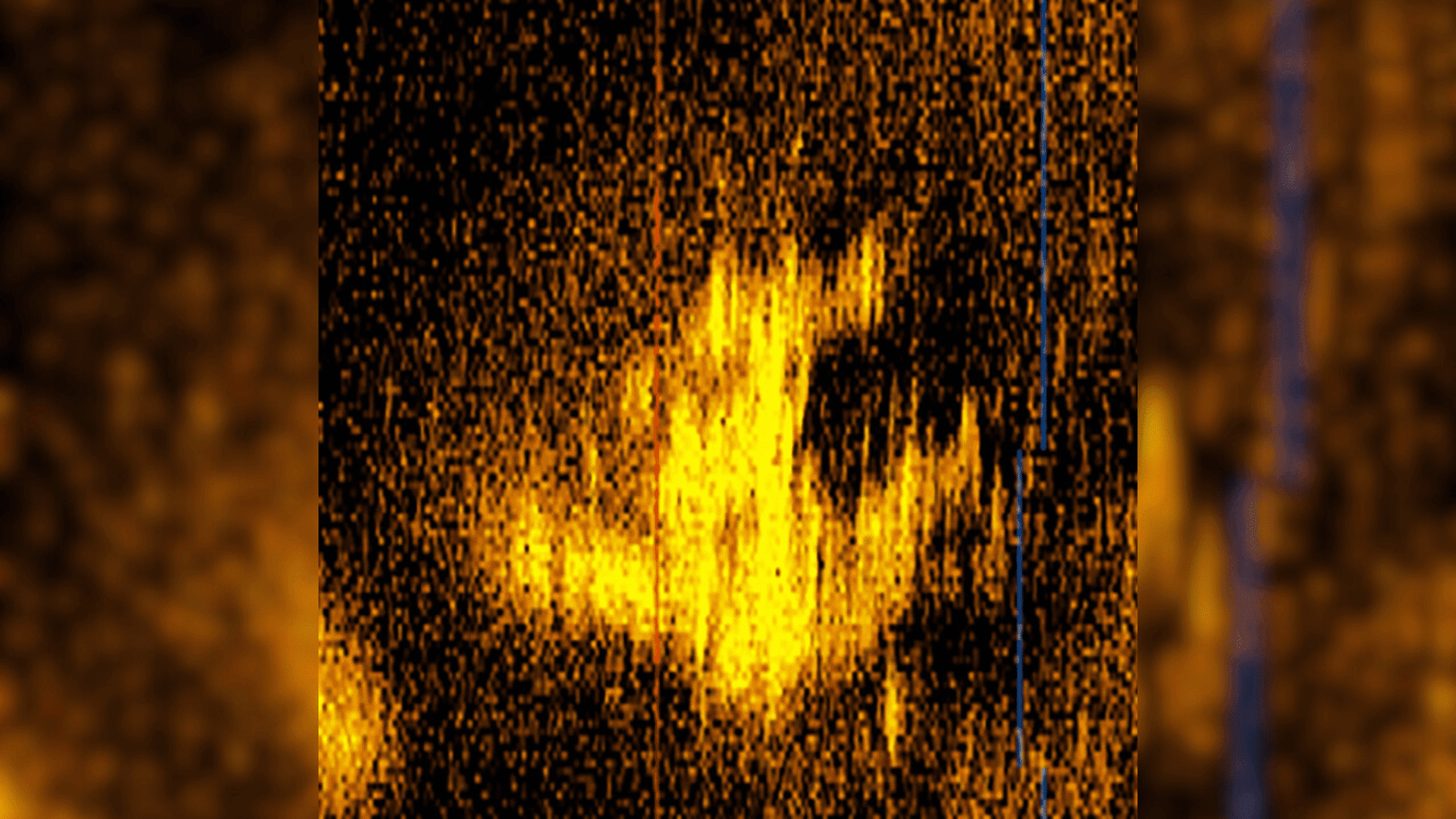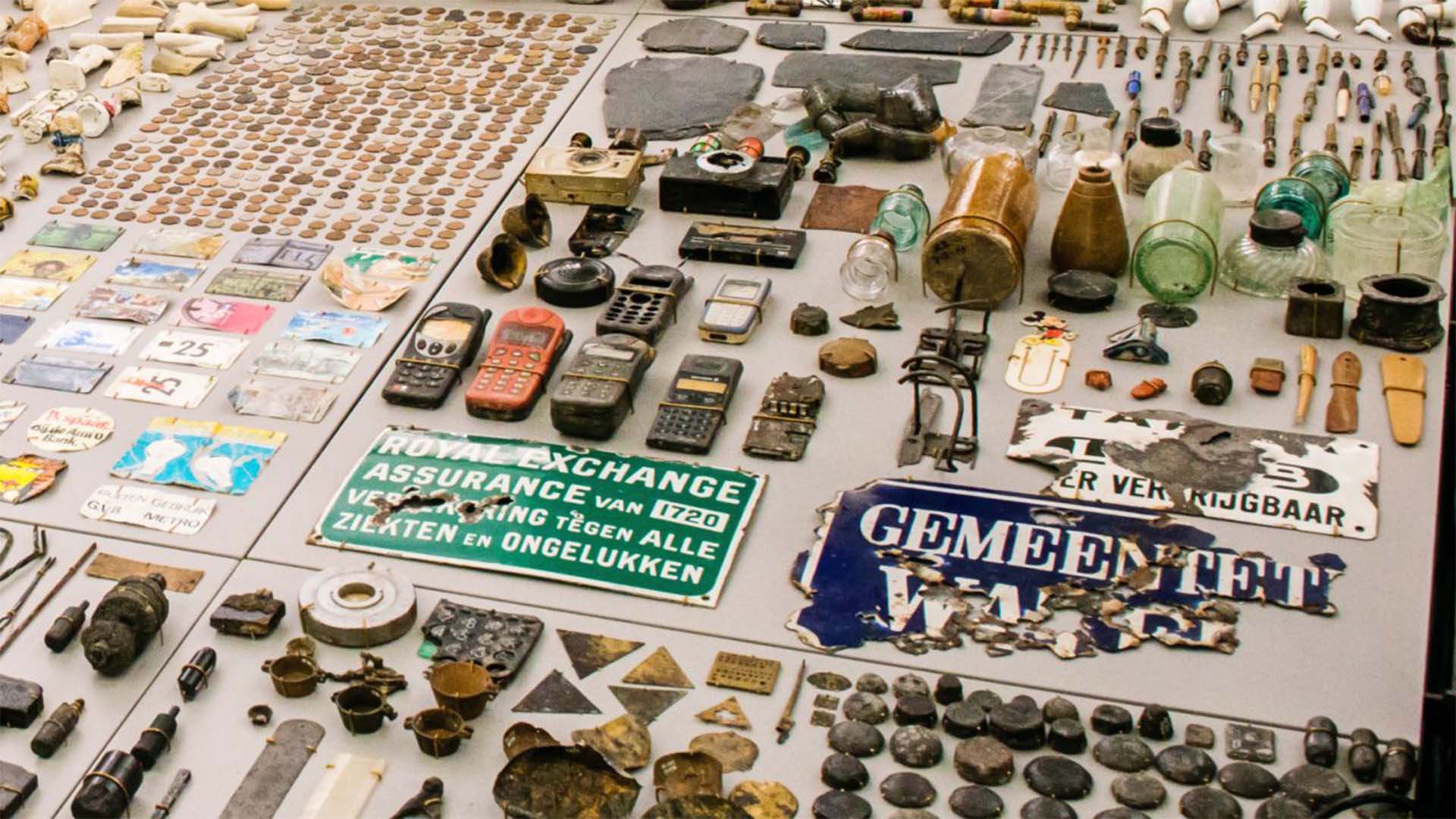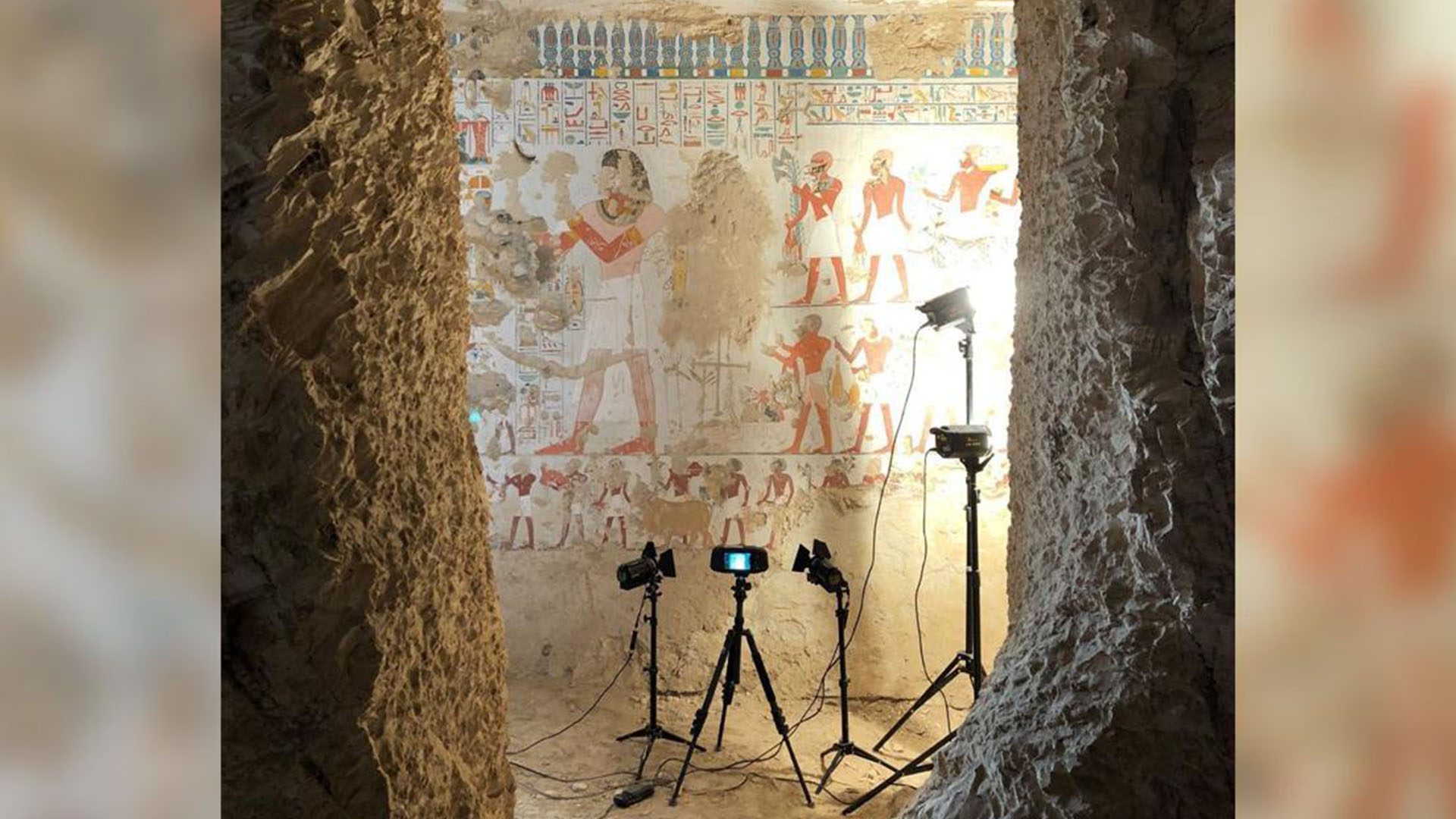An intact chicken egg, estimated to be around 1,700 years old, was found to still have liquid inside – making it the only one of its kind in the world.
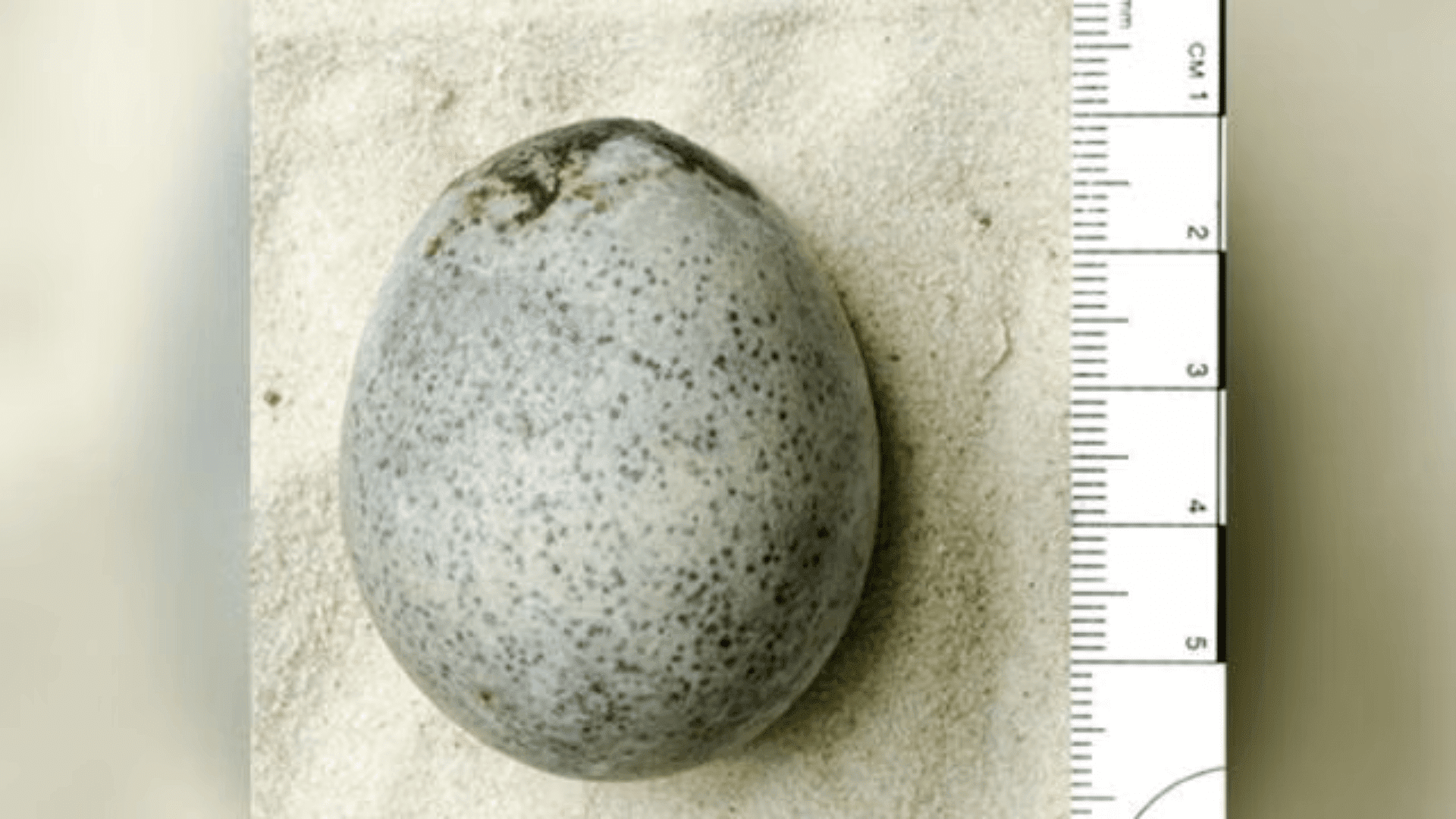
It was originally discovered during a dig in Aylesbury in Buckinghamshire between 2007 and 2016, with researchers saying at the time that it was a “genuinely unique discovery.” During the excavation, archaeologists broke three other eggs but the fourth remained intact.
A recent 3D scan of the egg has found that it still contains the yolk and egg white, making it the only intact egg from its period in the world.
“We were absolutely blown away when we saw the contents in there, as we might have expected them to have leached out,” said Edward Biddulph, senior project manager at Oxford Archaeology who oversaw the excavation.
The recent analysis was conducted by conservator Dana Goodburn-Brown, who took the egg for further analysis at the University of Kent.
Explore Tomorrow's World from your inbox
Get the latest science, technology, and sustainability content delivered to your inbox.
I understand that by providing my email address, I agree to receive emails from Tomorrow's World Today. I understand that I may opt out of receiving such communications at any time.
It’s also been taken to London’s Natural History Museum. There, Douglas Russell, the senior curator of the museum’s birds, eggs, and nests collection, was consulted regarding the conservation of the egg and removal of its contents.
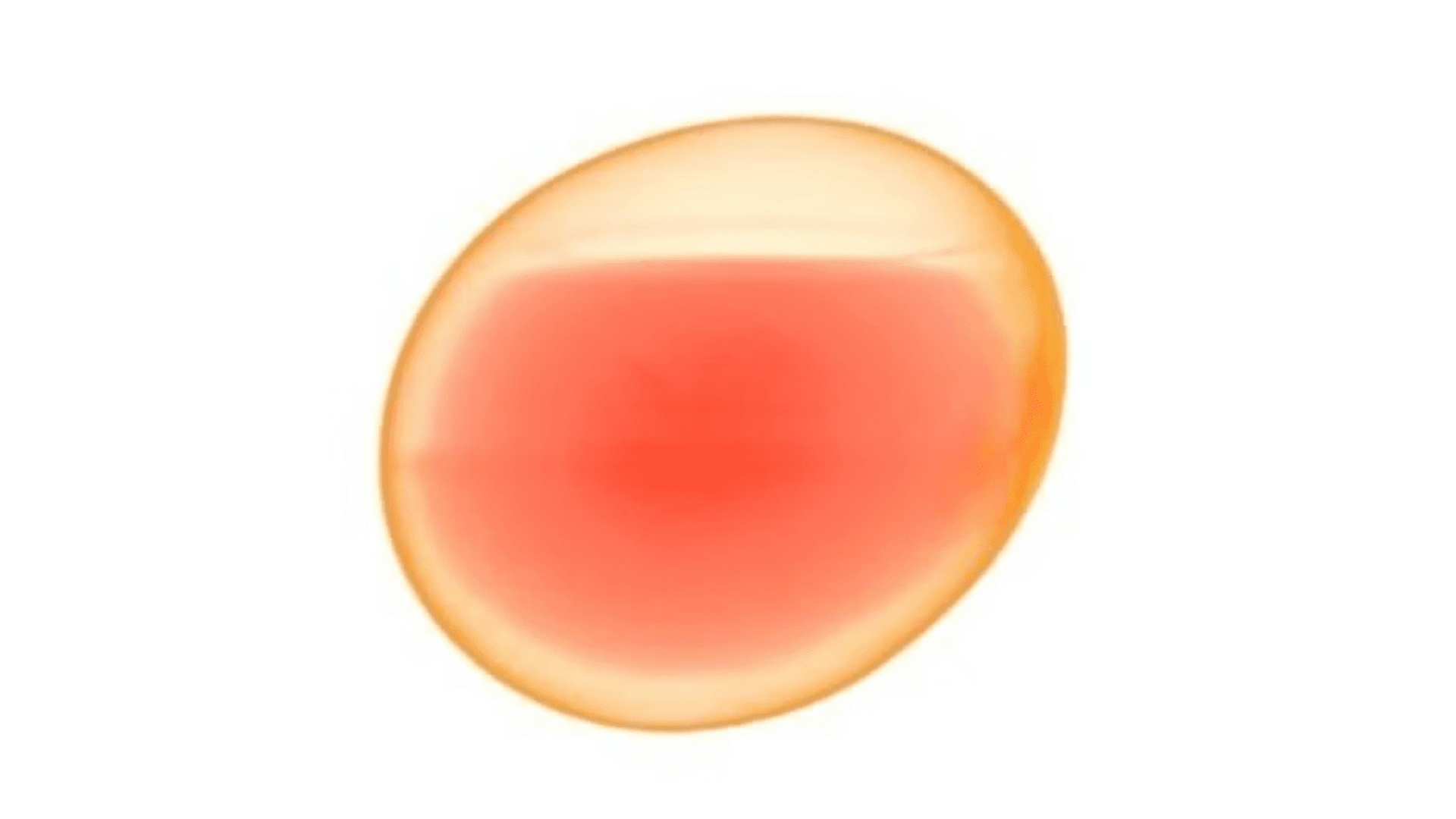
“It produced an amazing image that indicated that the egg, apart from being intact – which is incredible enough – also retained its liquid inside, presumably deriving from the yolk, albumen, etc,” said Biddulph. “As we found out when we visited the Natural History Museum, [it] appears to be the oldest known example in the world.”
The archaeologist admitted that it was “a bit daunting walking around London with a 2,000-year-old egg”. The egg is now being held at Discover Bucks Museum in Aylesbury while researchers continue to work on how to extract the inside contents without breaking the delicate shell.
“There is huge potential for further scientific research and this is the next stage in the life of this remarkable egg,” Mr Biddulph said.



